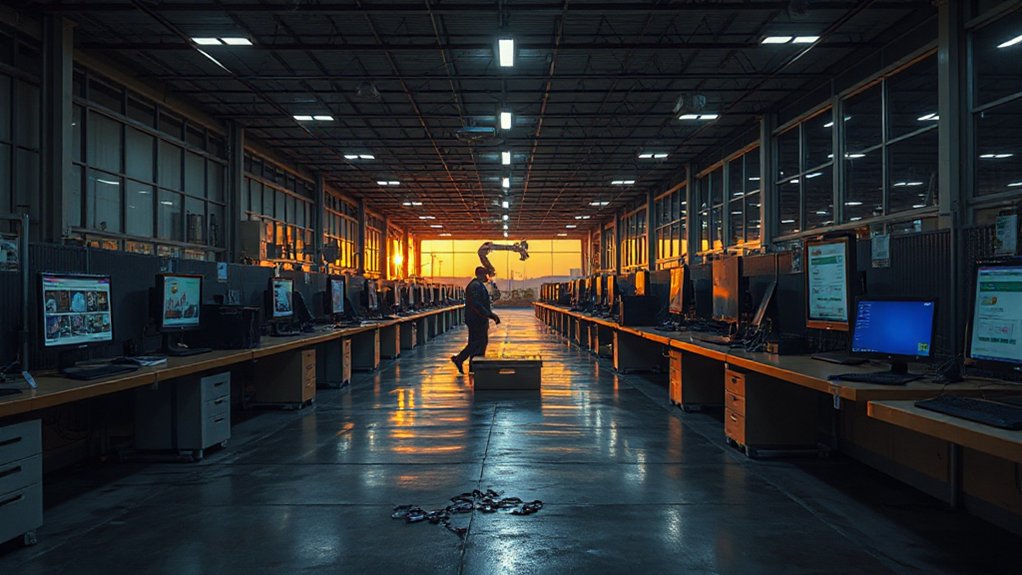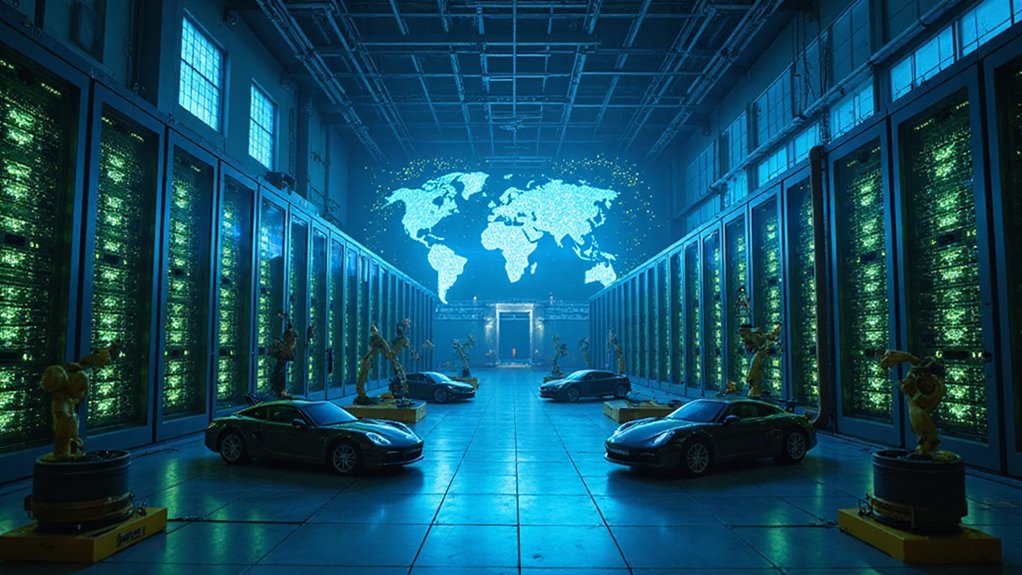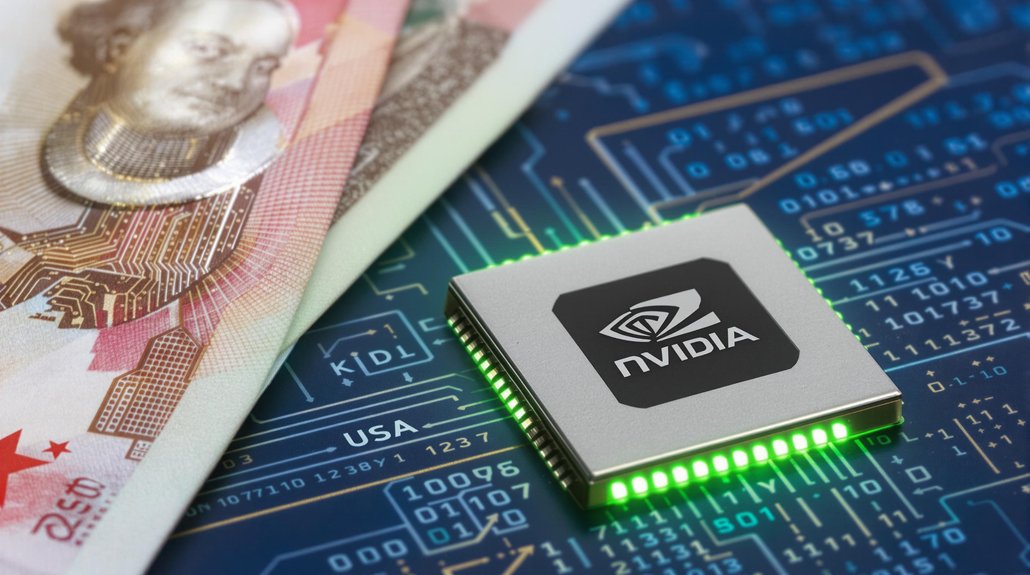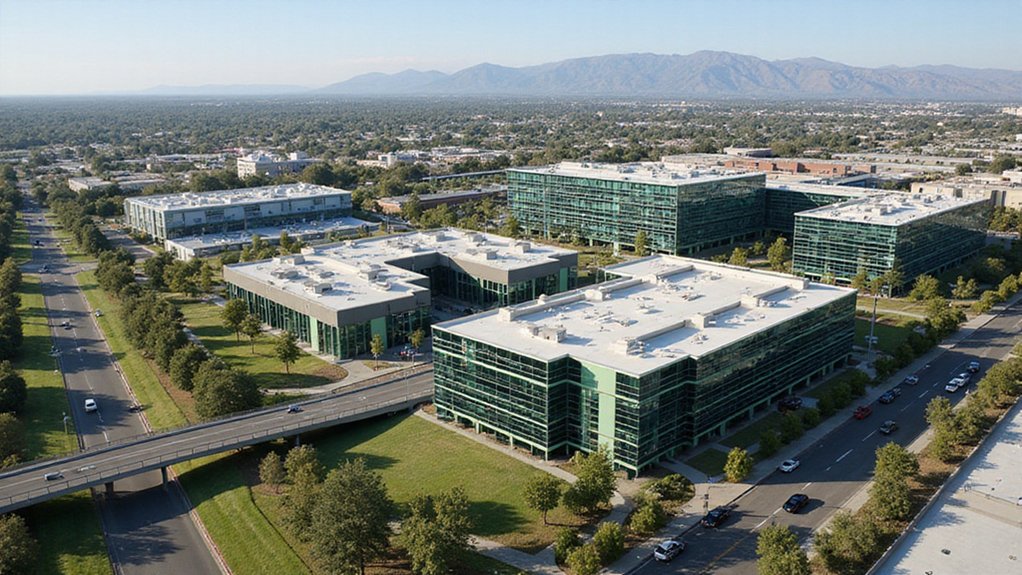While companies pour billions into artificial intelligence, a wave of caution is sweeping through financial markets. A 23-year-old investor has placed an unprecedented $1.5 billion bet against what many analysts are calling an AI bubble, even as most market participants continue chasing AI-driven growth.
This bold move comes as AI capital spending overtook U.S. consumer spending as the top growth driver in early 2025. Despite the enthusiasm, troubling data suggests the bubble may soon burst. An MIT study found that 95% of 52 organizations achieved zero return on investment from their generative AI initiatives, a fact often overlooked in public discourse.
“There’s a dangerous mix of fact and speculation in the AI landscape,” said David Siegel, Co-Founder of quantitative hedge fund Two Sigma. His concerns reflect growing skepticism about AI’s immediate economic impact despite over $30 billion invested in generative AI projects across more than 300 organizations.
The young investor’s massive short position is based on mounting evidence that AI systems aren’t delivering promised results. Current AI models show significant reasoning limitations, according to proprietary research from major tech companies. Data contamination has also skewed benchmark results, creating false impressions of AI capabilities. The environmental toll is equally concerning, with AI training creating massive carbon footprints equivalent to the yearly electricity use of over 100 average US households.
AI’s trillion-dollar promise collides with sobering reality: models underperform while contaminated benchmarks mask fundamental limitations.
“The benchmarks we’re using don’t actually predict real-world effectiveness,” explained one AI researcher who requested anonymity. “Models appear smarter than they are because they’ve seen test answers during training.”
By mid-2025, spending on AI initiatives surpassed $30-40 billion with little financial return to show for it. This disconnect between investment and results creates fertile ground for market correction.
While media coverage continues promoting AI’s potential, the young investor’s contrarian stance highlights the risks of ignoring empirical evidence. The bet represents a hedge against market exuberance that has driven AI valuations to potentially unsustainable levels.
As companies struggle to demonstrate measurable value from their AI investments, this billion-dollar wager against the AI bubble may prove either foolhardy or prescient in the months ahead. Jeff Bezos himself has described the current environment as an “industrial bubble” with potentially serious consequences.
References
* https://insights.som.yale.edu/insights/this-is-how-the-ai-bubble-bursts









